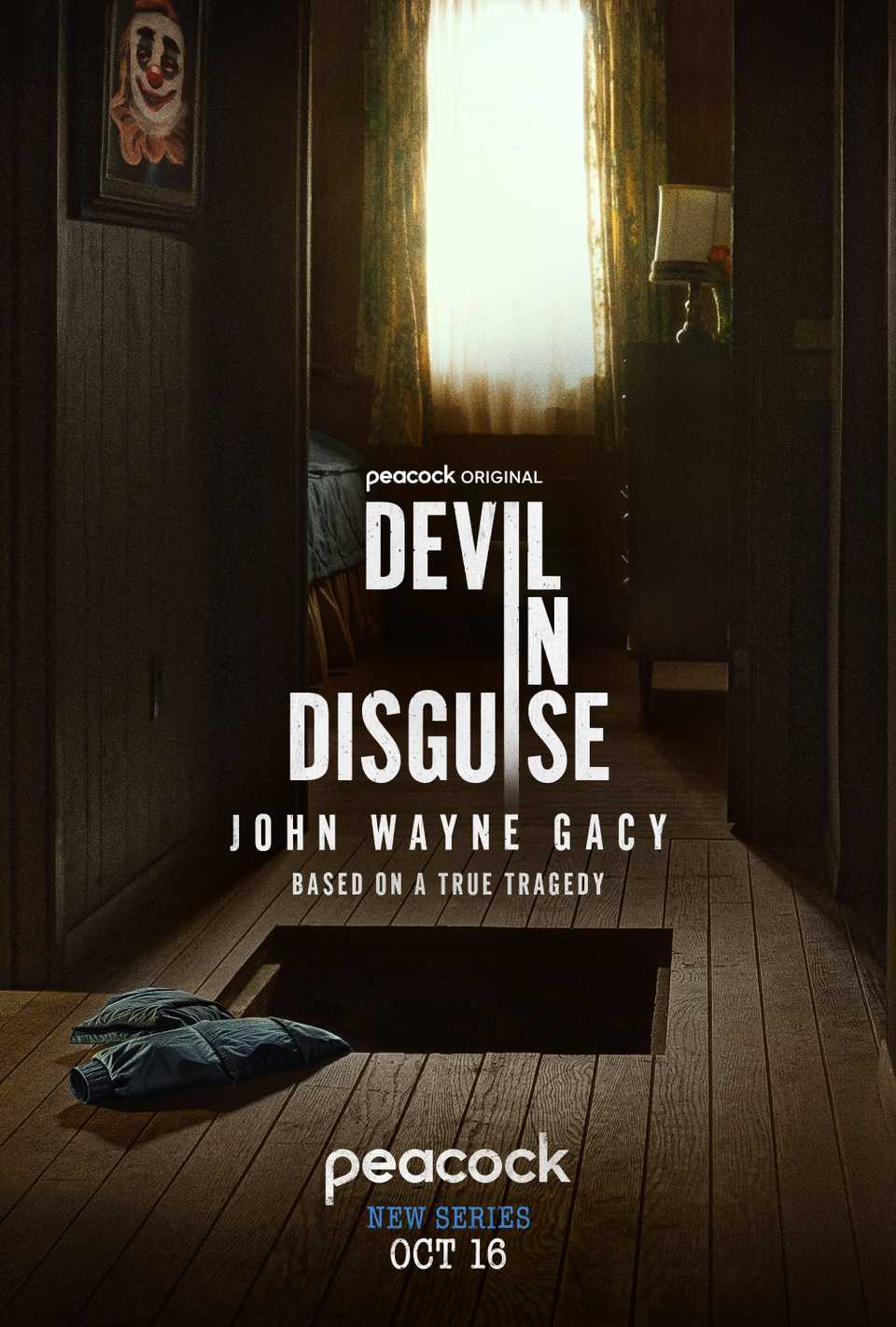Netflix has long maintained its domination in the true-crime content space, mainly through its vast and extensive library of documentaries exploring the lives of some of the most notorious serial killers and cases in history. This dominance continued until Ryan Murphy’s Monster anthology series debuted in 2022 with the story of Jeffrey Dahmer. The series shifts the tone of the true-crime genre, bending the truth and seemingly using a serial killer’s name merely to grab attention rather than provide a faithful narrative.
Since then, true-crime-obsessed audiences have come to expect that studios deliver these stories through an increasingly dramatized and theatrical lens — a formula that’s proven successful, but has drawn considerable backlash. Families of Dahmer’s victims claim that Murphy makes no attempt to contact them for their consent to create the show or use their family members’ stories and likenesses, a claim Murphy refutes. After the families came forward, the series experienced a domino effect, leading to a decline in viewership of the Monster anthology since the first installment. This trend continued with The Ed Gein Story, which premiered on October 3. It has become evident to viewers that Monster takes heavy creative liberties, often romanticizing the killers rather than centering on the victims.
It goes without saying that audiences have been searching for more faithful true-crime stories, and finally, there is one. Peacock’s Devil in Disguise: John Wayne Gacy offers a fact-driven, unromanticized telling of the killer that focuses on the victims’ stories, without relying on the blood and gore that’s become the genre’s norm.
Peacock’s ‘Devil in Disguise’ Proves Superior to Netflix’s ‘Monster’
Peacock’s Devil in Disguise has officially become Monster’s rival. The streaming platform not only announced plans to continue with a format similar to Netflix’s established anthology series, but it’s also earned rave reviews, which is in sharp contrast to some of the less-than-favorable reception Monster has received. And it’s no secret why Peacock’s reprise of the genre has been so well received — it doesn’t lean on sensationalized violence to grab viewers’ attention.
Devil in Disguise succeeds where other shows often fail: it avoids eliciting sympathy for a prolific serial killer, focusing instead on the victims whose lives were cut far too short. The series’ set-up seems so simple, omitting many of the violent scenes that are often included in true-crime recreations. We never see Gacy actually kill his victims, we never see Gacy in his clown suit and makeup, and we never see the courtroom testimony, because we’ve all seen that before. Monster‘s biggest critique thus far has been its lackadaisical approach to the victims. Gacy is notorious, and his crimes have been well-documented, but often with serial killers, the victims’ stories are overlooked.
Devil in Disguise takes its time portraying the lives of Gacy’s victims before their murders, and those moments resonate far more than any graphic depiction of the killings. It explores who these boys and young men were and what Gacy took from them and their families, who must live with the anguish and the lingering question of why this happened — a question that is unfair yet inescapable.
From this perspective, the show elicits far deeper emotions and sympathy, capturing the lasting impact and reality of Gacy’s horrors. He took lives and shattered the world of everyone who loved those he killed. This show has proven that audiences don’t want or need to see what these killers did to their victims, but rather the stories of the lives they took — the hopes, dreams, and potential lost to senseless murder.
‘Devil in Disguise’ Doesn’t Sensationalize Violence
Viewers do not see violence until Episode 6, and even then, it is mostly implied — a stark contrast to Monster, where little is left to the imagination. Each episode of Devil in Disguise is named after one or two of Gacy’s victims, whose stories that episode highlights. The series also integrates real footage from the time period, presenting real news footage, the photos of the victims, and interviews with the victims’ family members, which all further humanize the circumstances.
Moreover, a profound difference between Monster and Devil in Disguise lies in the depth of research and commitment to factual accuracy. Showrunner Patrick Macmanus told Variety he deliberately took time researching the victims, their cases, and went as far as contacting them directly before moving on with anything. “From the beginning, we wanted to make every effort to reach out to all the living family members and even a couple of the living victims,” Macmanus said. Macmanus also meticulously thinks through each episode, shaping the story to keep audiences focused on the victims and away from Gacy’s atrocities, aiming to prevent any glorification of him. The final episode, telling the story of Jeffrey Rignall, drives this point home and brings the series to a powerful close. Macmanus said:
“One of the things that we wanted to make very clear to audiences is that there were millions of people who are struggling under the yoke of an abusive parent. And there are millions of people who have struggled with their identity in the face of cultural bias, systemic bias, school bias, family bias. But none of them killed 33 people. So by showing this life that was so free in every single way — and that would probably be judged to this day — we were making a statement that this queer person was just living life to the fullest and had nothing to do with debauchery.”
The truth entices people, and it’s what has been drawing viewers in to watch this very show. All eight episodes of Devil in Disguise: John Wayne Gacy are streaming on Peacock.
- Release Date
-
October 16, 2025
- Network
-
Peacock



